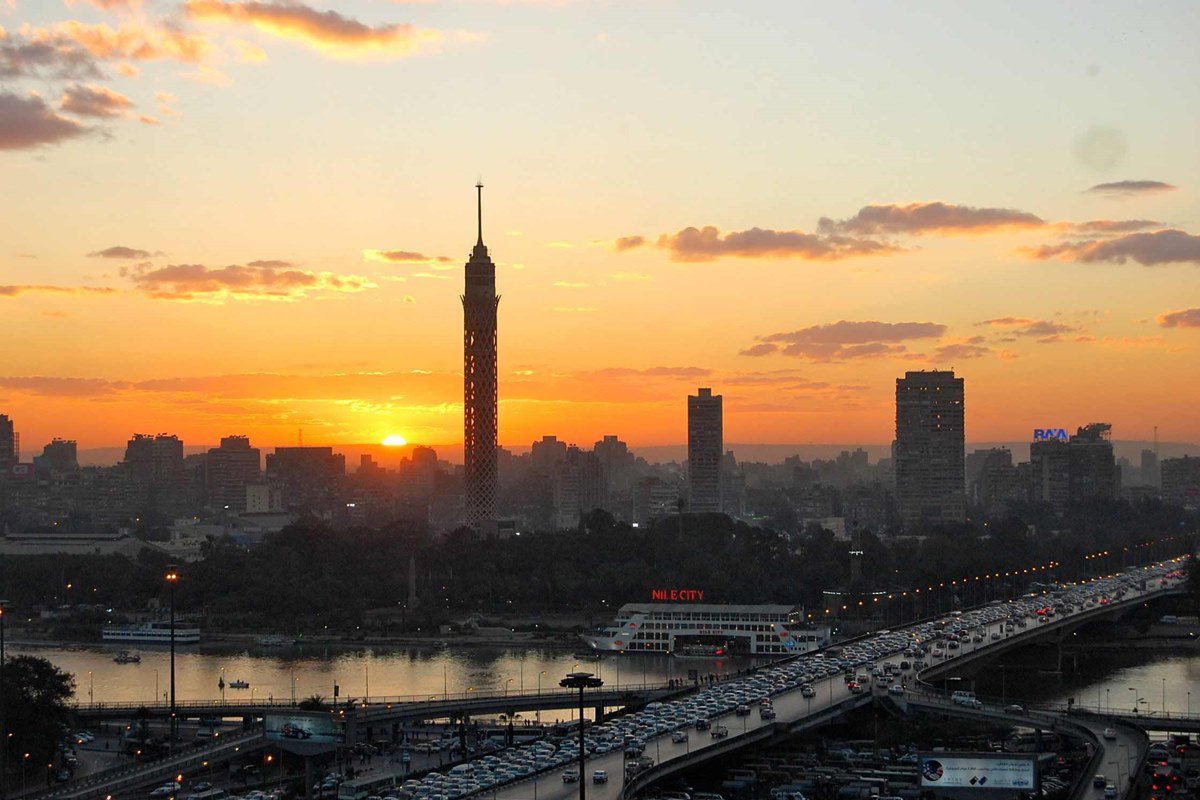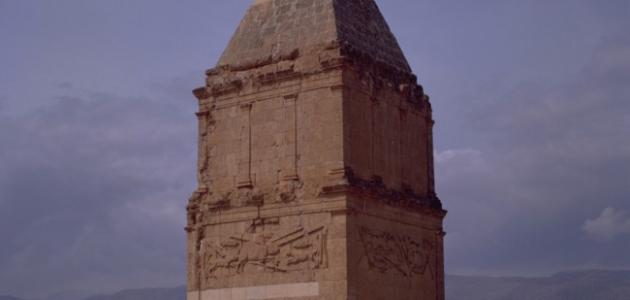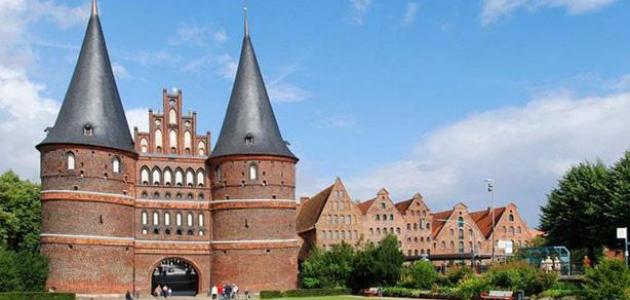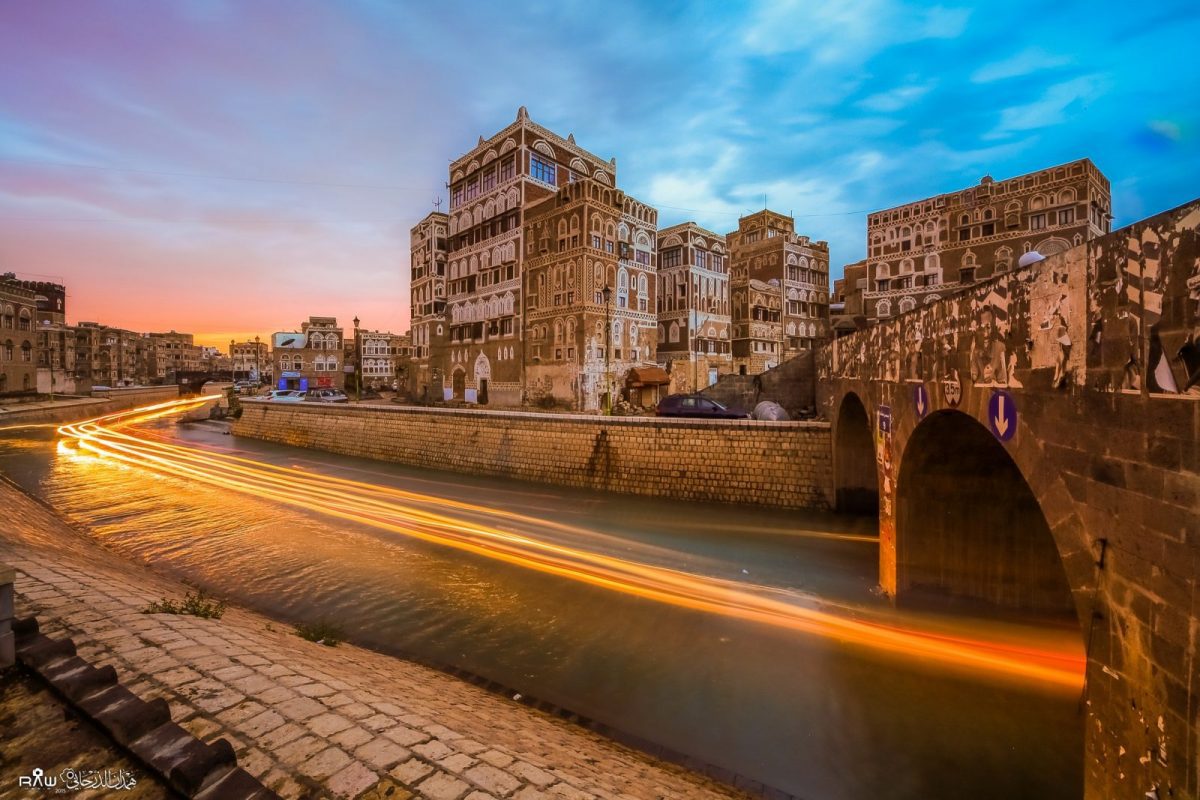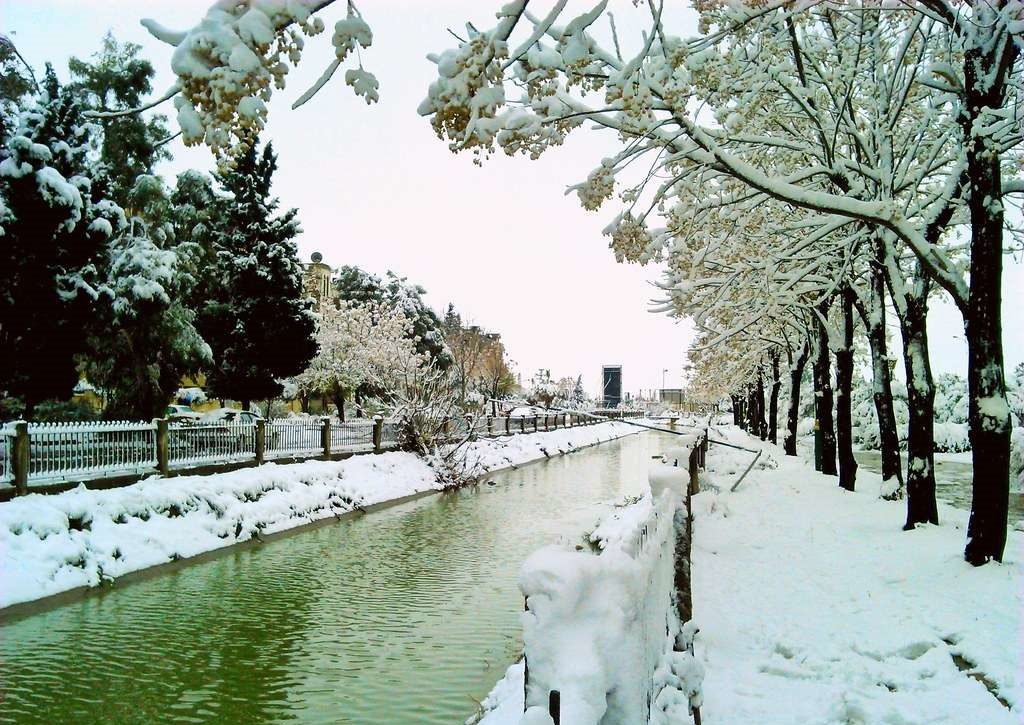Table of Contents
Tunisia
Tunisia is located in the far north of the African continent, and overlooks the Mediterranean coast. It is bordered on the northern and eastern sides of the Mediterranean Sea. The average length of its coastline is about 1,200 km. It is bordered by Libya from the southeast and Algeria to the west.
Tunisia has an area of 163,610 square kilometers, and its population is about 10 million people. The capital of the country is the city of Tunis, which occupies with its suburb the first industrial and commercial center in the country, and connects to the Mediterranean by a channel that makes it an important port, and the most important major and major cities are Sfax, Sousse, Bizerte, And plug.
Antiquities of Tunisia
Several civilizations succeeded in Tunisia, the most important of which are Phoenician, Romen, and Punic, which made them contain historical and archaeological sites that give a beautiful and ancient picture of its history and the history of its people and its land since ancient times, and we mention in the following the most important monuments:
the National Museum:
It is one of the most prominent and oldest and most important museums in Tunisia, where it was established more than a century ago inside one of the palaces of the Bayes, and the largest part of the museum was built during the mid-nineteenth century, and its corridors remain tall to this day, as the museum is characterized by the beauty of its royal palaces, has been Little by little, improvements have been made, and several repairs and improvements have been made to it, and the National Museum has gained international fame and returns to the mosaics it contains, which are among the most ancient, varied and artistic monuments.
Carthage Museum:
This museum was built at the beginning of the last century, with an underground floor of a Catholic theological building adjacent to the St. Louis Cathedral, built in the late nineteenth century inside the site of the Acropolis of Carthage, where inside this museum there is a group of sites found in Carthage dating back to the Phoenician, Greek, Romen, and period Islamic Arabic.
The museum has been restored to improve the display of collections that continue to multiply, and to put visitors in the scene of techniques for displaying, preserving and singing finds, and the restructuring of the museum is within the scope of re-preparing the archaeological monument in Carthage, to become a monument of the greatest historical and archaeological museum monuments in North Africa.
Sbeitla (Old Svetla):
It is located in the western center of the Tunisian country, and its distance is about 260 km from the city of Carthage, and the human stability in Bisbitla dates back to successive ancient ages. Various gray have been found dating back to the eighth and sixth millennium BC, but the establishment of the city dates back to the second half of the first century AD, during The rule of the Flavians.
In the spread of the Christian religion, Sbeitla became a bishopric in the third century A.D. By the time the Byzantines returned during the reign of Emperor Justinian in 533, the city of Sbeitla became one of the centers of Byzantine rule. Gregorian.
During this period, a number of buildings were fortified, with the aim of countering the attacks of the Berber tribes, in addition to the powerful Islamic armies coming to them from Tripoli, and the first battles took place between the Byzantines and the Muslims in or near Sbaitla, and the Muslims managed to win them in 647.

